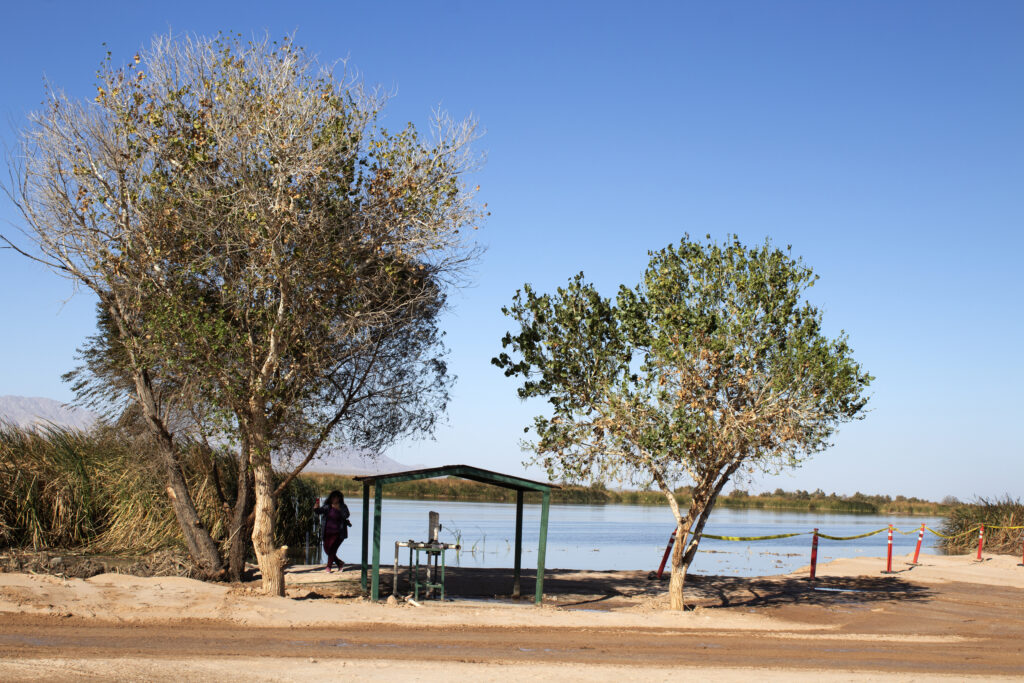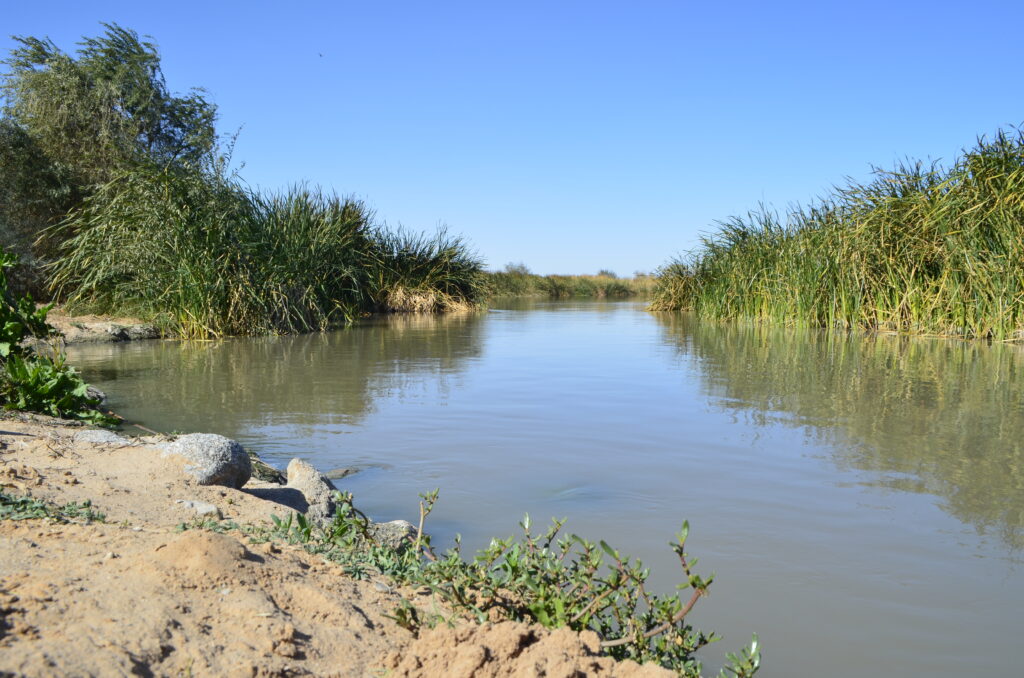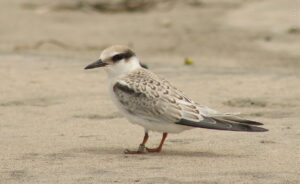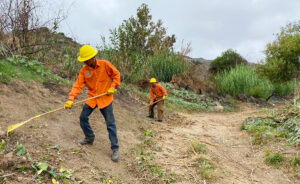Las Arenitas artificial wetland is a true oasis in the middle of the desert. Its presence and vitality in a desert area south of Mexicali, Baja California, results from the harmonious collaboration between society and government. The benefit of having a wetland where there was no impact not only on the wildlife and ecosystem of the Colorado River Delta but also on the urban life of the inhabitants of a city with more than 1 million inhabitants.
Restoring and conserving wetlands is part of our objectives as Pronatura Noroeste. This extends, when conditions permit, to the creation of artificial wetlands in which water bodies and emergent vegetation are combined. Artificial wetlands are a conservation alternative to recover and protect freshwater flows.
Las Arenitas artificial wetland celebrates its first 15 years as an undoubted success story. Its construction began in 2007 to take advantage of the water from the Las Arenitas Wastewater Treatment Plant. The plant receives all of the wastewater from the Mexicali sewage system. Thanks to this treatment plant and the filtering achieved with the artificial wetland, the water for 45% of Mexicali’s population is treated. The treatment plant complex has an area of 605 hectares, in addition to 120 hectares reforested and 99 hectares transformed into wetlands.

The figures provided by this ecological rescue are encouraging. According to estimates by the Mexicali State Public Services Commission (CESPM), of the nearly 30 million cubic meters of wastewater cleaned up annually, 71% is fed to aquatic bodies such as the Hardy River, and 28% is used for irrigation in cotton and forage fields. The remaining 1% is used for forestry irrigation of the wetland itself and, to a lesser extent, for industrial use.
Over the years, improvements have been implemented to the Las Arenitas artificial wetland conditions. In 2019, an agreement of wills was reached between the participating institutions and entities, such as the National Water Commission (CONAGUA), the Mexicali State Public Services Commission (CESPM), the Ecological Association of Users of the Hardy and Colorado River A.C., the Sonoran Institute, The Nature Conservancy Mexico and Pronatura Noroeste. This agreement resulted in a 50% increase in freshwater flows and improved the quality of water released into the Hardy River.

Biodiversity is vibrant in Las Arenitas wetland. Among the birds with greater presence we can highlight the Eared Grebe (Podiceps nigricollis), the Western Grebe (Aechmophorus occidentalis), the Northern Shoveler (Anas clypeata), and the American Coot (Fulica americana). Some of the emerging plants in this ecosystem are the Southern Tule (Typha domengensis), the Common Tule (Typha latifolia), and the Three-cornered Junco (Scirpus americanus).
Collaborate with us in the conservation of wetlands and ecosystems in northwestern Mexico.
















